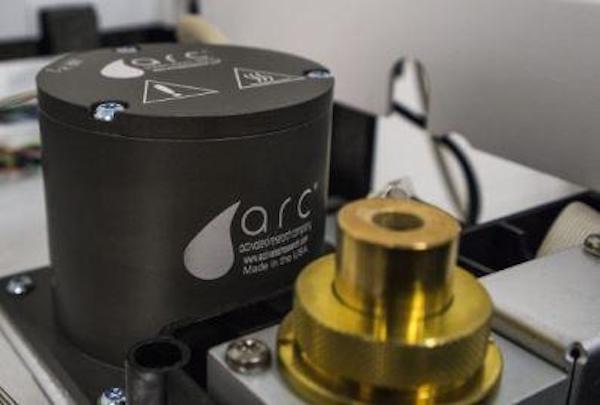Members Login

Channels
Special Offers & Promotions
ARC Polyarc
If you have ever tried to measure formaldehyde by GC using an FID, you will have noticed that the response you get is significantly lower than you might have expected.
The flame ionization detector (FID) is the most widely used detector in gas chromatography. It is extremely sensitive with a wide linear range for most organic compounds. However, compounds such as oxygenates, ethers, amides and other organic compounds containing heteroatoms (e.g. O, N, S, Cl, Si), generate a lower or sometimes negligible response.
The Polyarc system from ARC overcomes this problem.
Manufactured using 3D printing technology, the Polyarc catalytic microreactor is installed between the end of the column and the FID. Through a process of combustion and methanation, the Polyarc converts almost all organic compounds that exit the column into methane. As the FID is now only responding to methane, each analyte will produce an almost identical response, reducing the need for individual analyte calibrations.
It also converts carbon monoxide and carbon dioxide in your samples to methane. So, it’s just a methaniser? No. The Polyarc microreactor does not contain any nickel and converts any carbon containing compound into methane, not just CO and CO2. It’s also resistant to poisoning by air, water, and low levels of sulphur compounds.
If the column exit is split between an MSD and Polyarc/FID, you have a powerful tool for identification and quantitation of compounds that are impossible to obtain to prepare external calibration standards. Ideal for complex/natural samples or experimental reaction products.
The Polyarc is already being used successfully in many industries such as paints and coatings, alternative fuels, flavour and fragrance and more.
Contact JSB to speak with one of our Specialists and see how the Polyarc can transform your GC FID.
Learn how Polyarc can transform your GC FID
Media Partners



